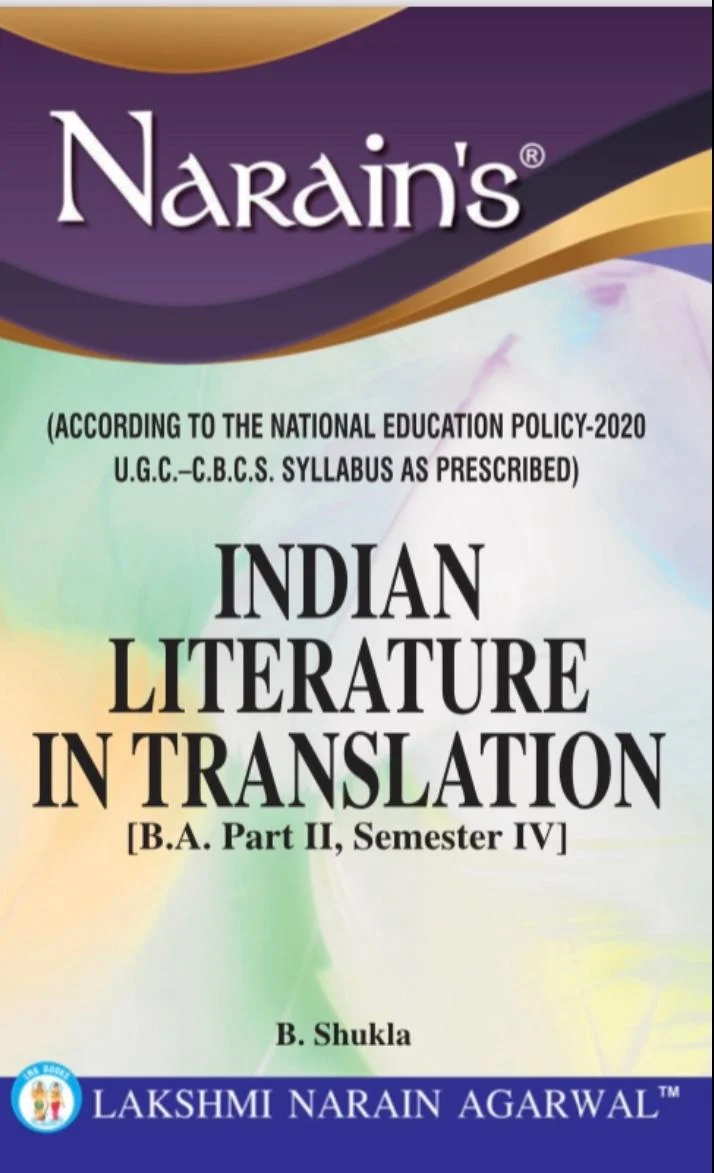Indian Literature in Translation

Indian Literature in Translation
Embark on an enchanting journey through fiction! Secure your copy now by reaching out to us at +919450432125 and immerse yourself in captivating worlds.
Over View
Indian literature in translation is a rich tapestry that weaves together diverse voices, cultures, and traditions. As one of the oldest literary traditions in the world, Indian literature reflects the country’s vast and varied landscape, its complex history, and the myriad experiences of its people. The translation of Indian literature opens up a treasure trove for global readers, offering a glimpse into the nuances of Indian society, philosophy, and storytelling. India’s literary heritage spans centuries and encompasses a multitude of languages, each with its own unique literary tradition.
Translating these works allows readers around the world to access the depth and diversity of Indian literature. From the classical Sanskrit epics like the Mahabharata and the Ramayana to the regional languages like Tamil, Telugu, Malayalam, Bengali, and more, translators play a crucial role in bridging linguistic gaps and bringing these literary gems to a wider audience.
One of the prominent figures in Indian literature is Rabindranath Tagore, whose works have been translated into numerous languages. Tagore, a Nobel laureate, is celebrated for his poetry, short stories, and plays. His magnum opus, “Gitanjali” (Song Offerings), explores themes of spirituality, love, and the human connection to the divine. Translations of Tagore’s works have allowed readers worldwide to appreciate the depth and universality of his insights.
The post-independence era witnessed the emergence of a new wave of Indian literature, often exploring themes of identity, social justice, and the human condition. Writers like Salman Rushdie, Arundhati Roy, and Vikram Seth gained international acclaim, and the translation of their works broadened their reach. Rushdie’s “Midnight’s Children,” a sprawling narrative that intertwines history and magical realism, became a global sensation after being translated into numerous languages. Indian literature in translation is not confined to fiction; it also includes works of philosophy, religious texts, and non-fiction. The Bhagavad Gita, a sacred Hindu scripture, has been translated into numerous languages, offering readers insights into ancient Indian philosophy and spirituality. Similarly, the teachings of saints like Kabir and the verses of Sufi poets have been translated, allowing readers to explore the spiritual and mystical dimensions of Indian culture.
The diversity of Indian literature is also evident in the exploration of regional voices. Translations of works by authors like Mahasweta Devi, Perumal Murugan, and M.T. Vasudevan Nair provide a window into the socio-cultural landscape of specific regions within India. These authors delve into local traditions, folklore, and contemporary issues, offering a nuanced understanding of the cultural mosaic that is India.
However, the process of translation is not without its challenges. The richness of languages, idioms, and cultural contexts often poses difficulties for translators in accurately conveying the essence of the original work. Despite these challenges, translators play a crucial role in facilitating cross-cultural dialogue and fostering a deeper appreciation for Indian literature.
In conclusion, Indian literature in translation serves as a bridge that connects the diverse literary traditions of India with a global audience. Through the translation of works spanning different genres, languages, and time periods, readers are invited to embark on a literary journey that captures the spirit, history, and cultural richness of this vast and multifaceted nation.
